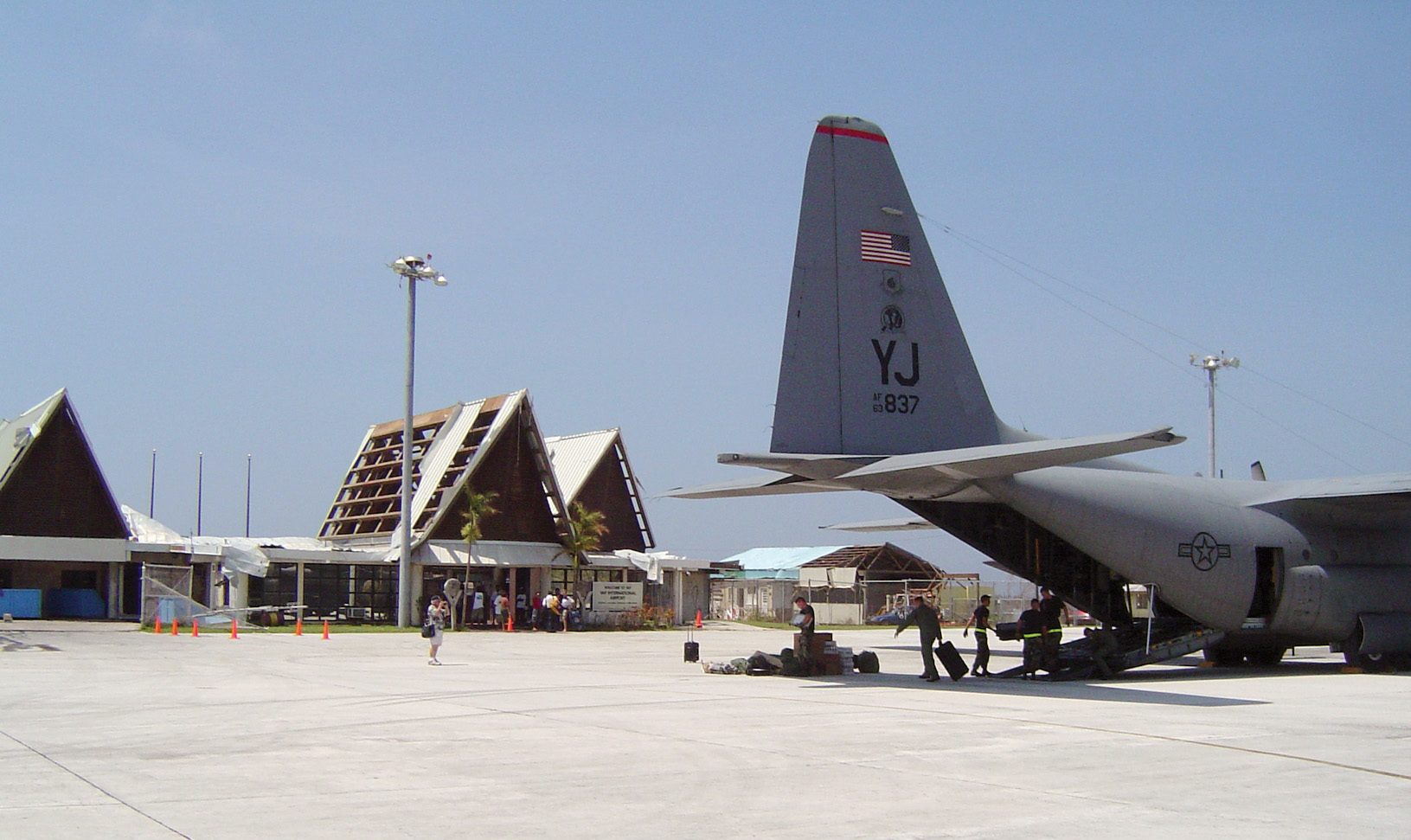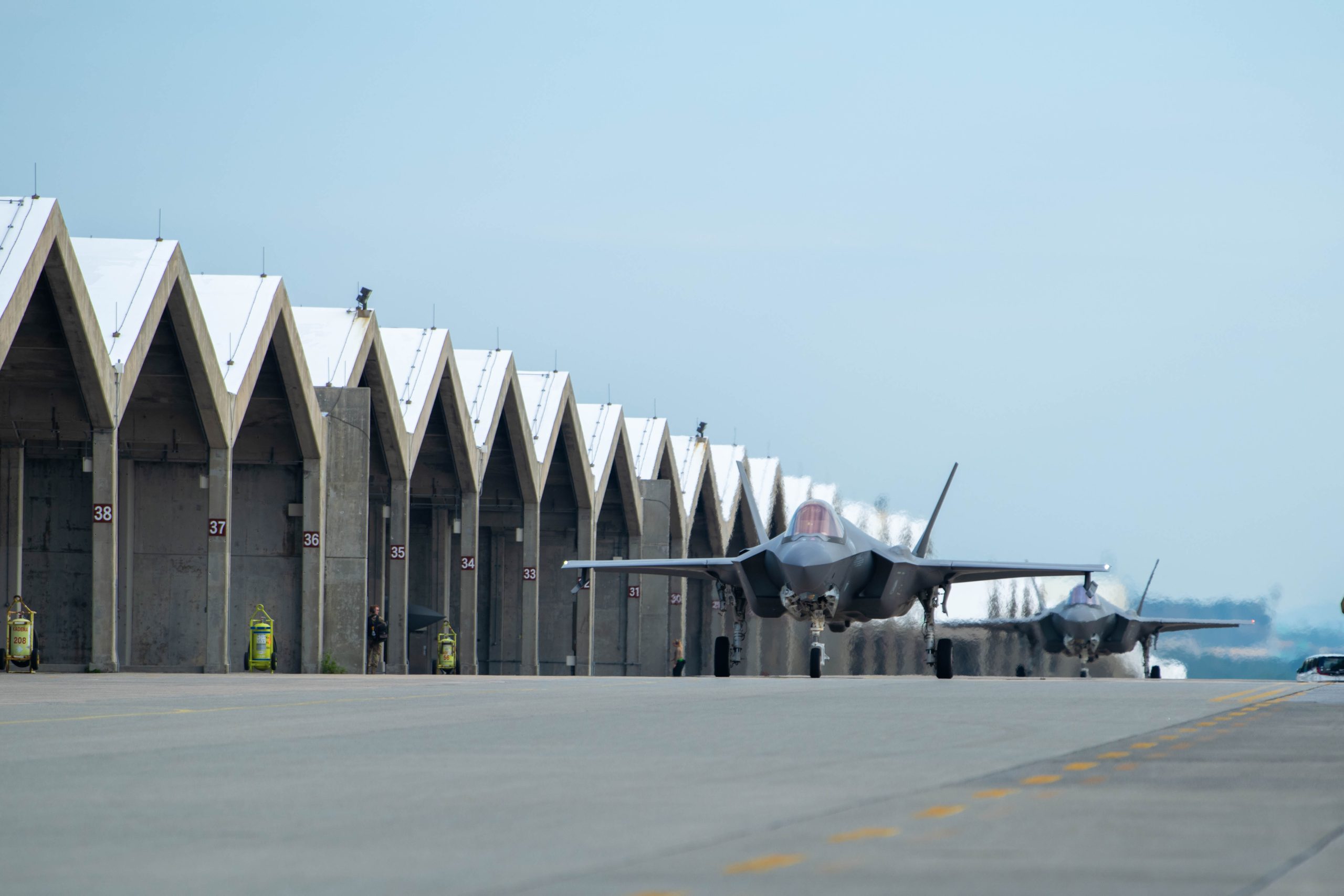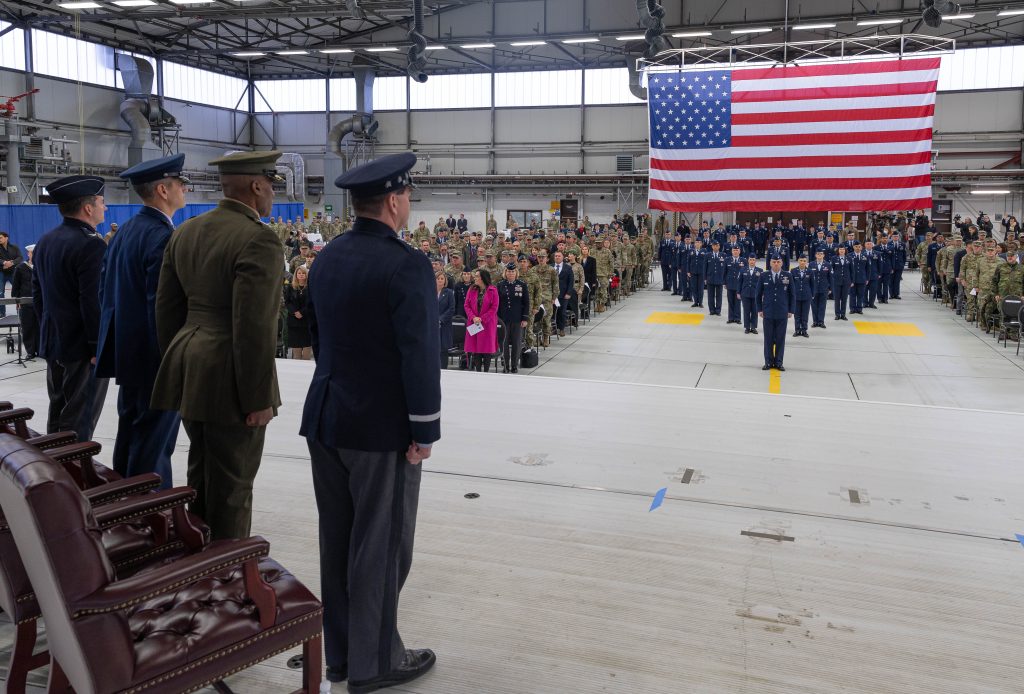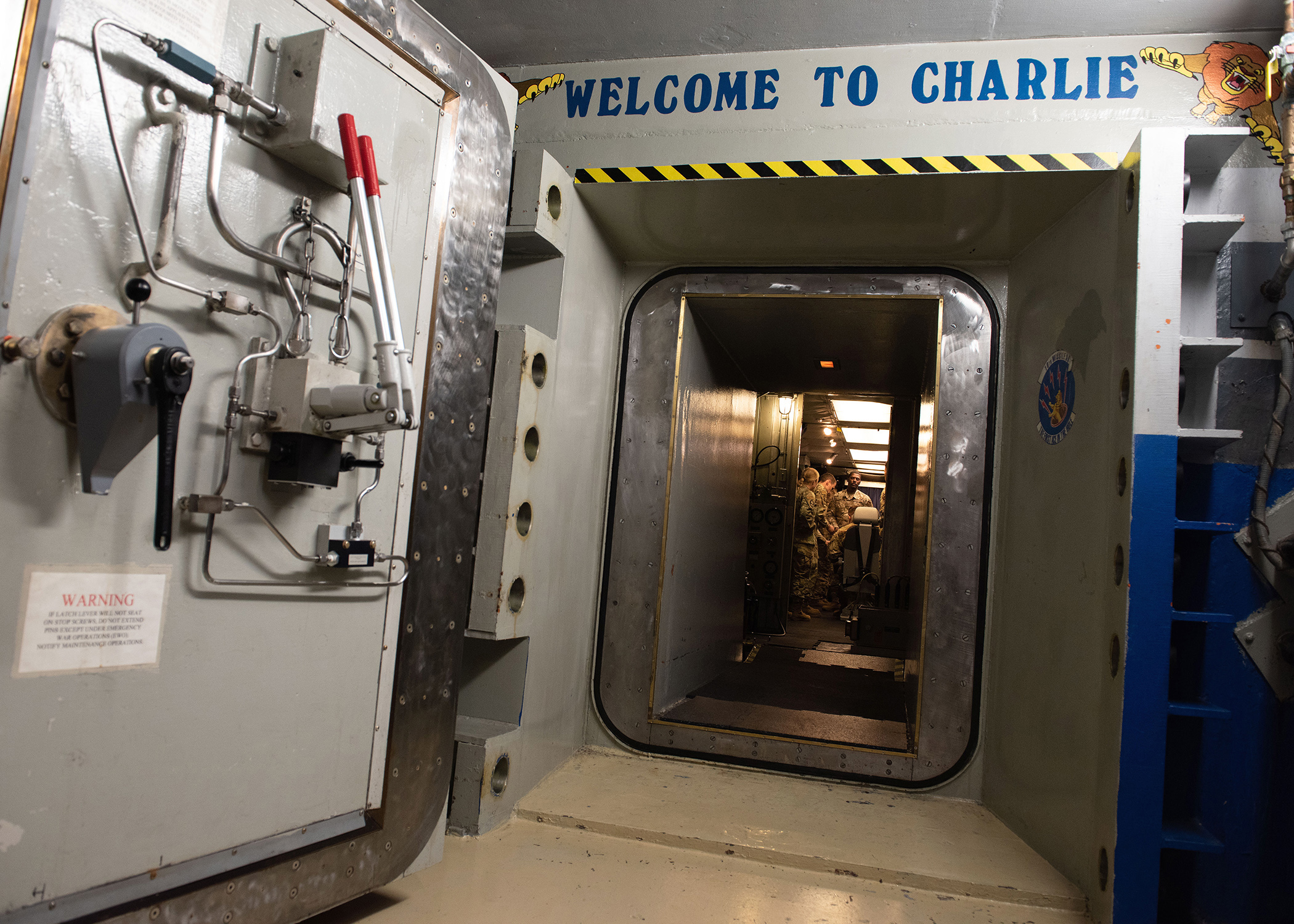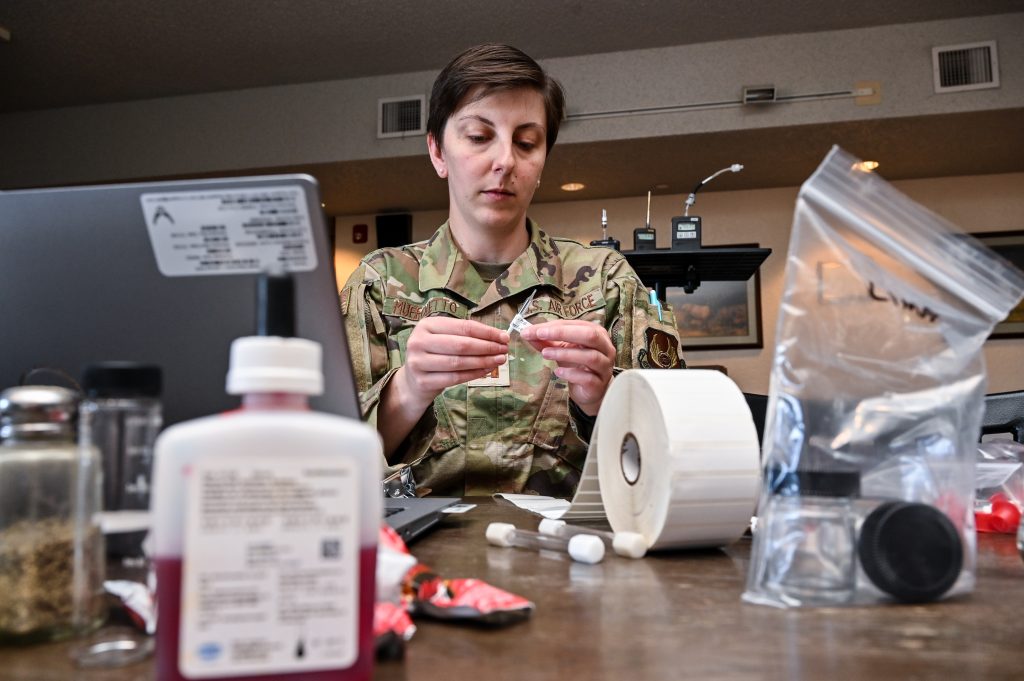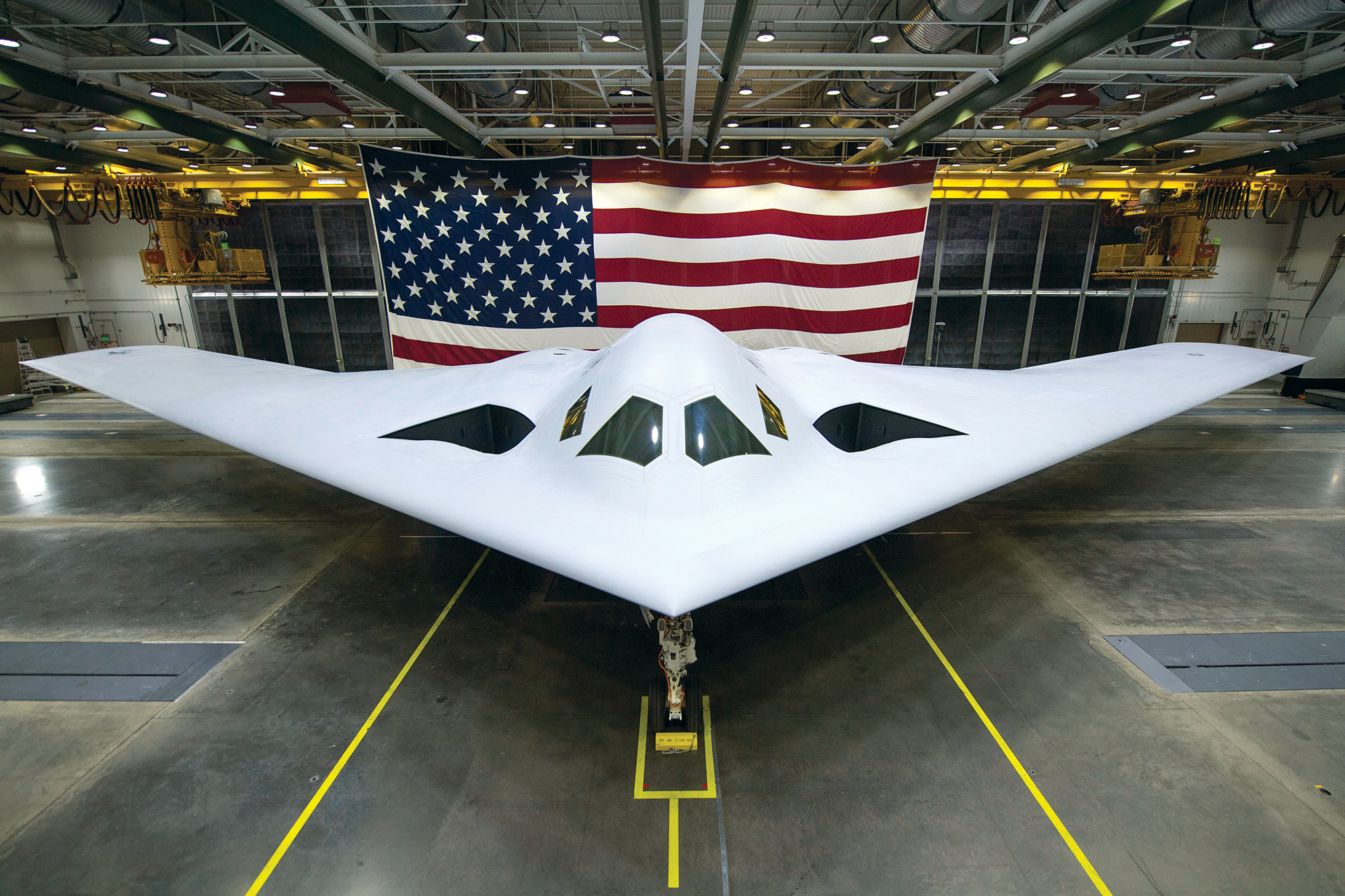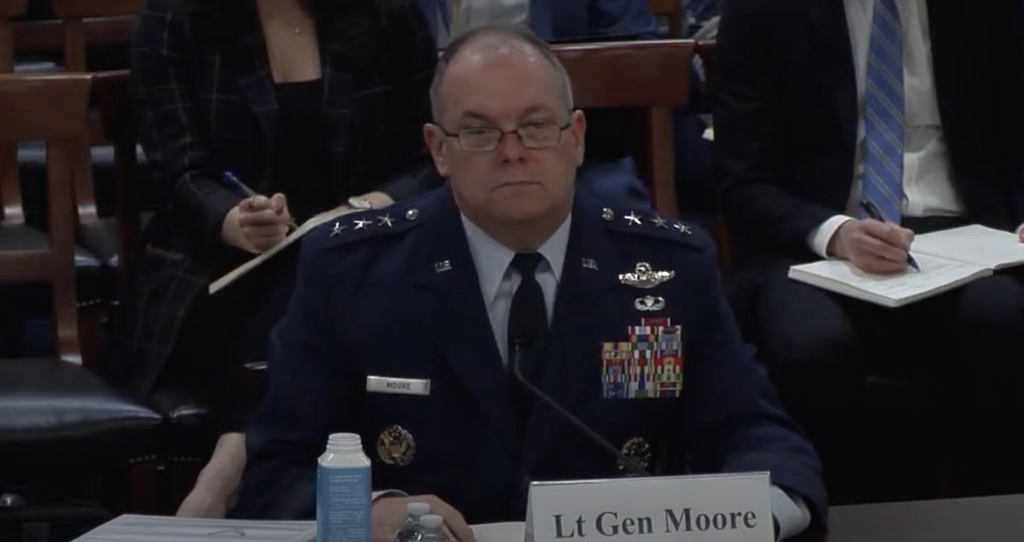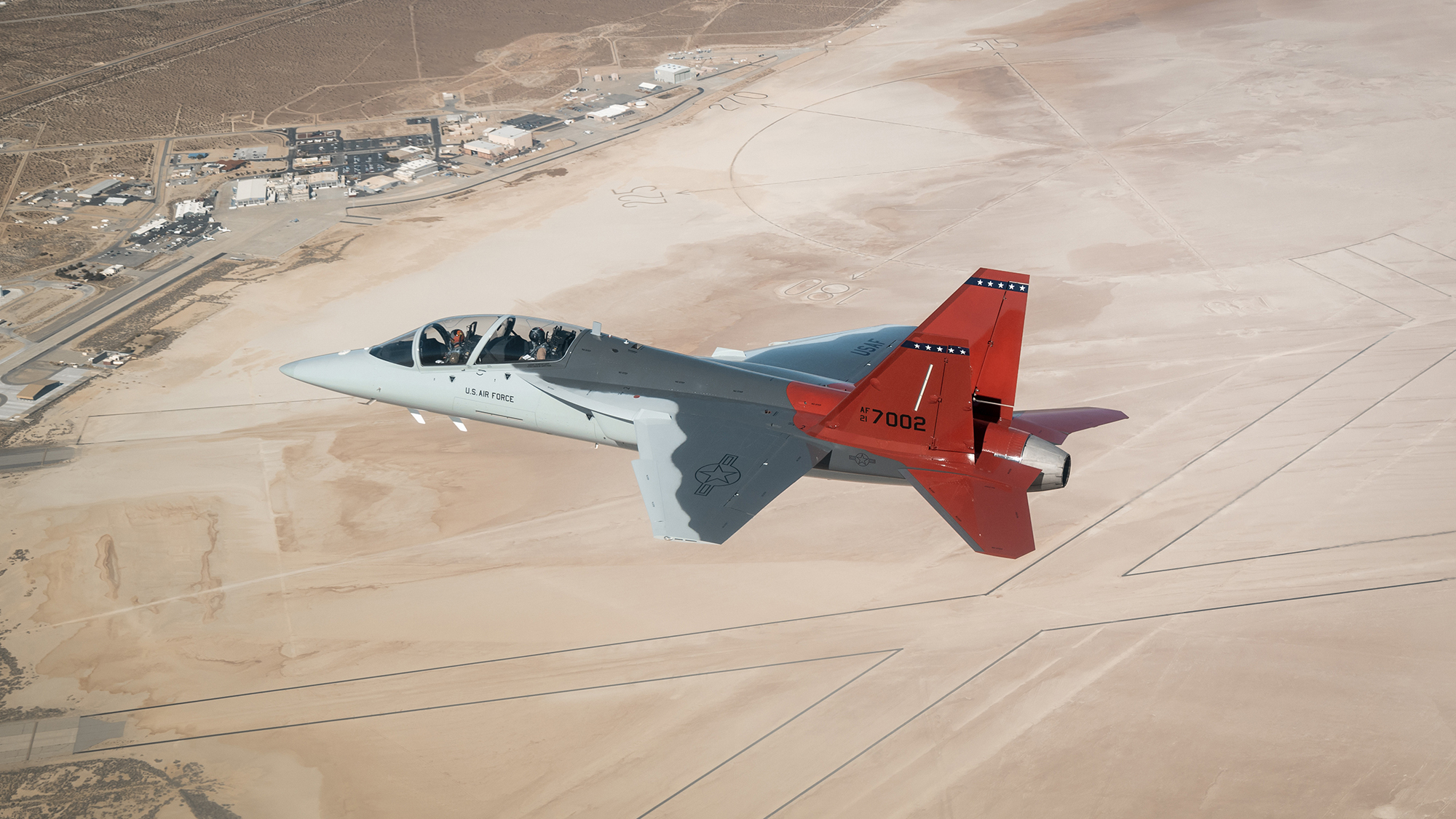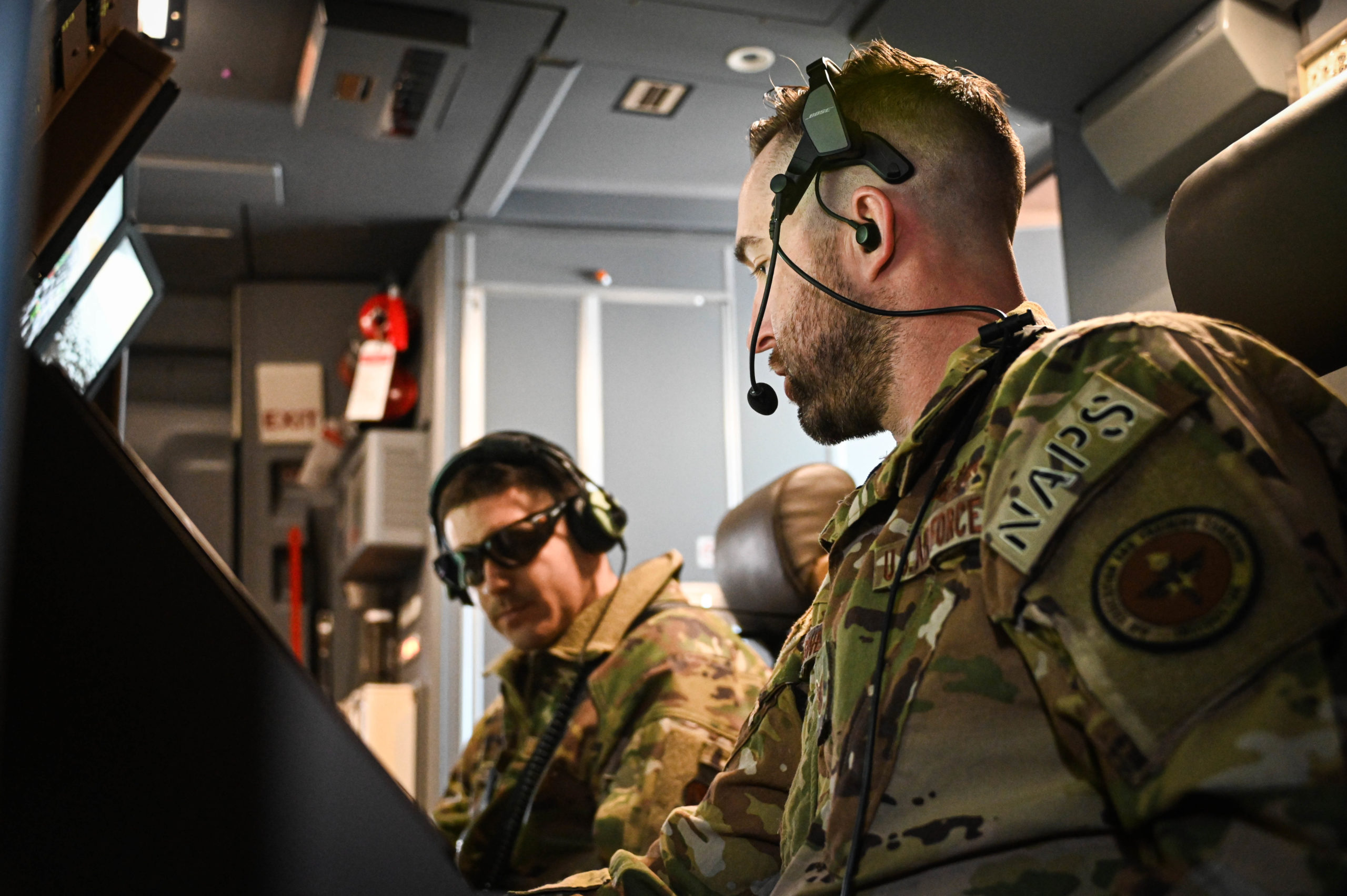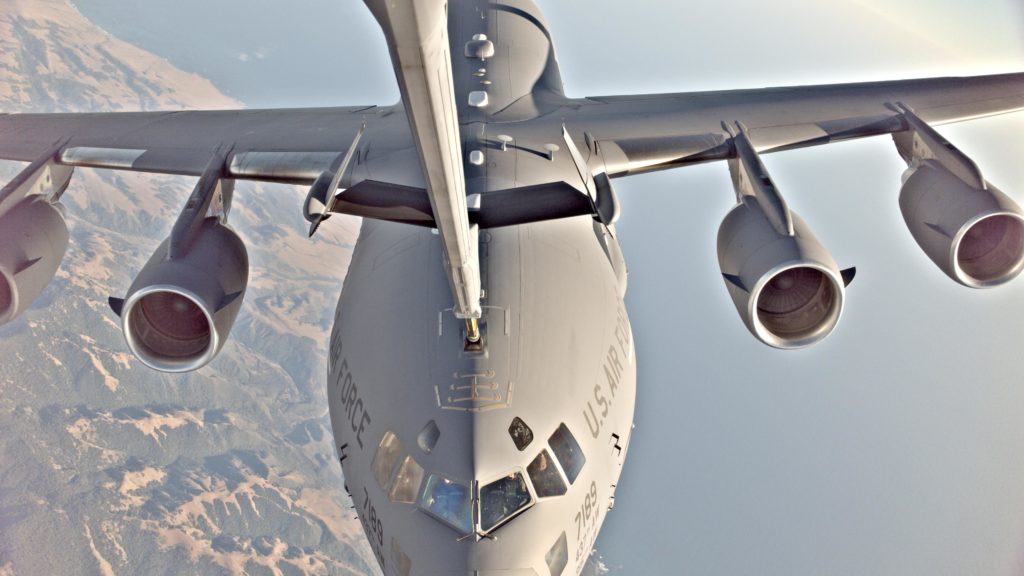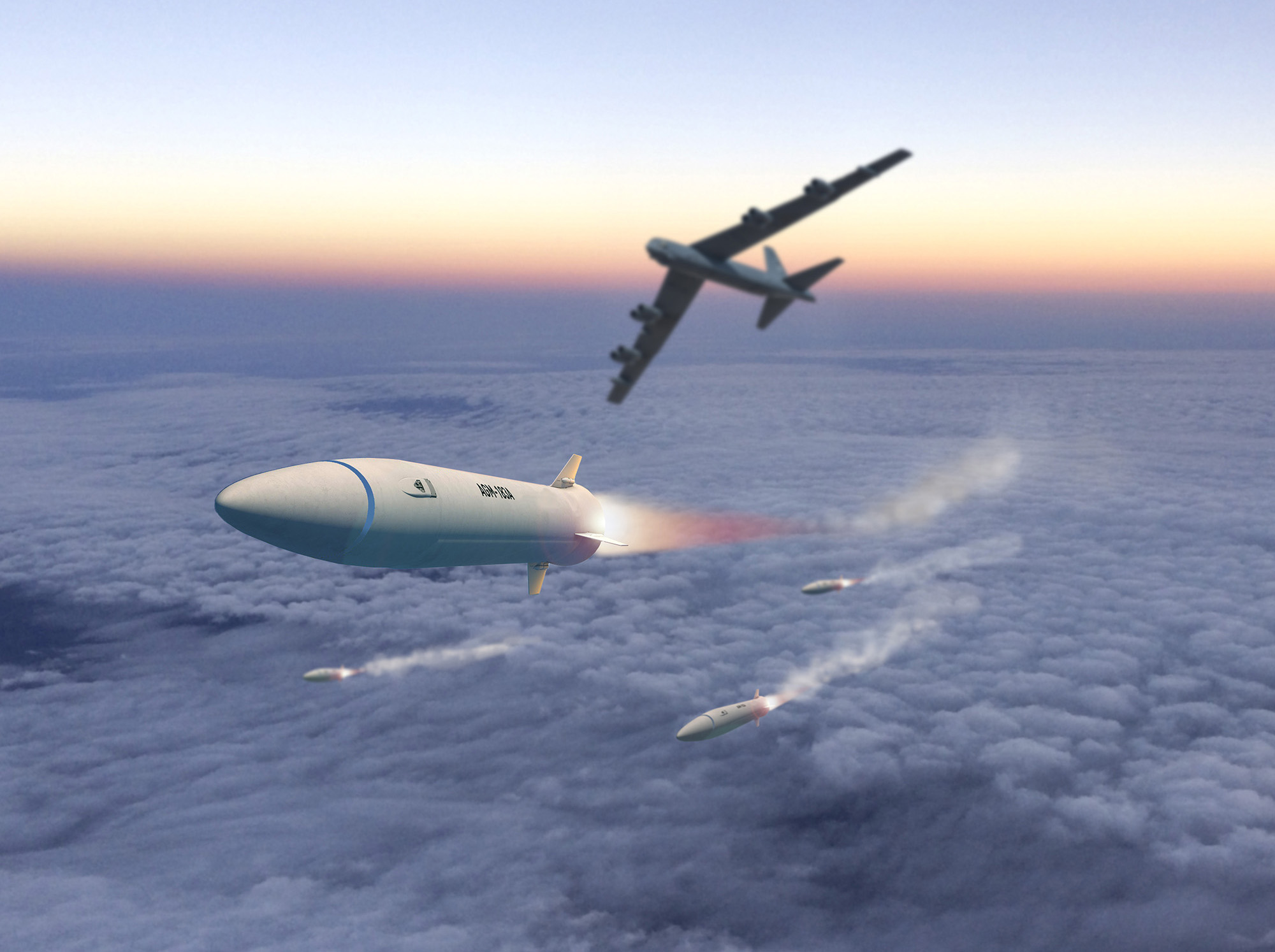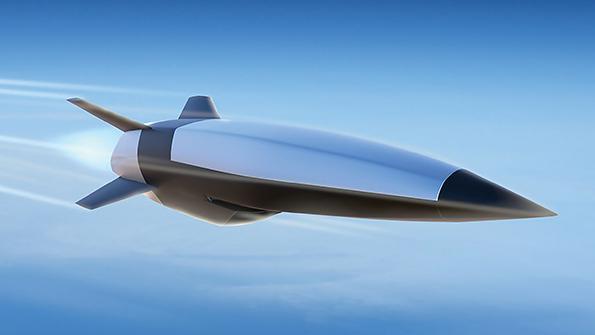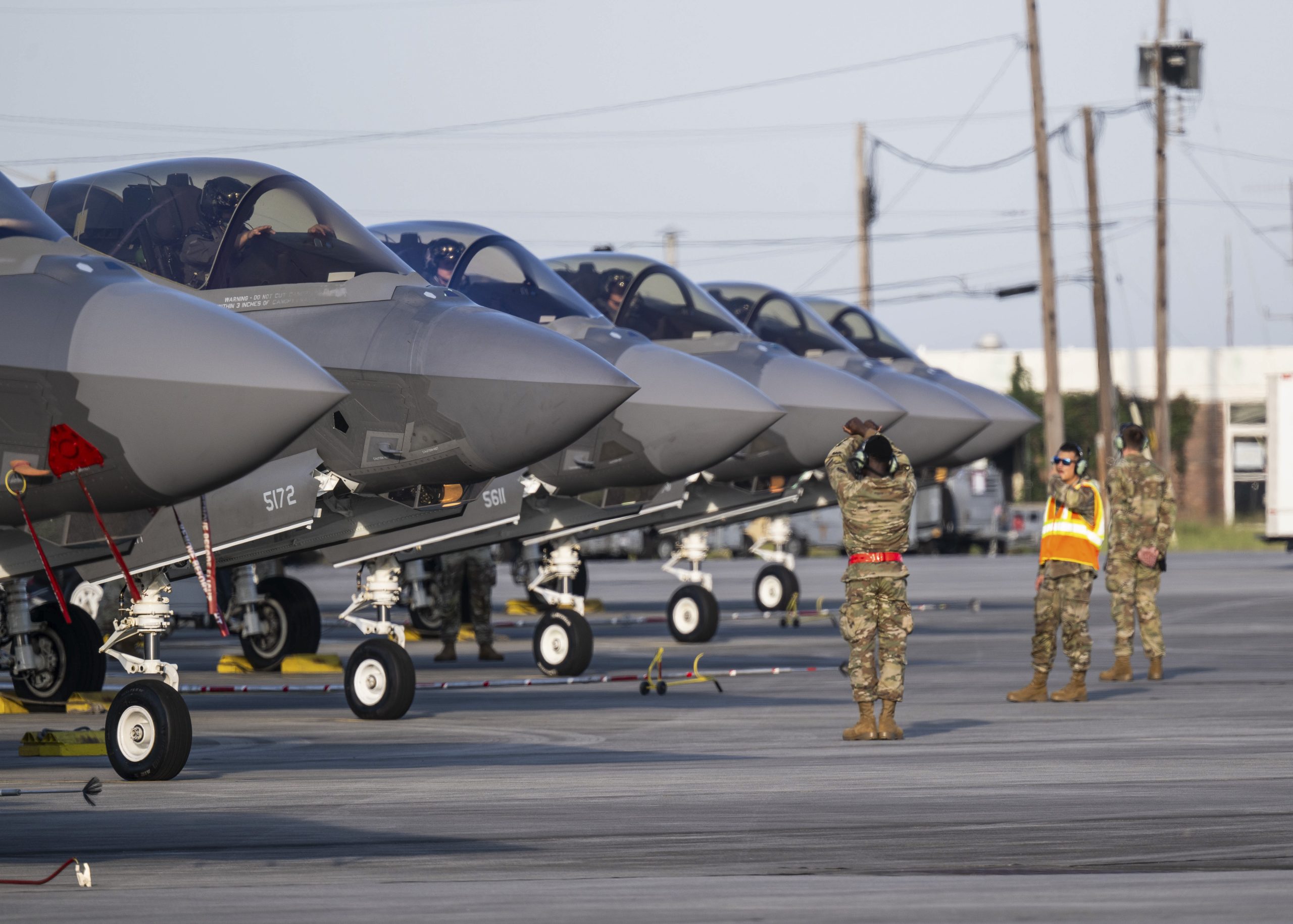The Air Force’s Agile Combat Employment concept depends on the U.S. military gaining footholds and airstrips on dozens of small islands throughout the Pacific—places like Tinian, Palau, and Saipan, all fewer than 200 square miles each. All have hosted troops and received millions of dollars in investment in recent years.
Now, in its most fiscal 2025 budget request, the Air Force has laid out plans to upgrade facilities on the tiny island of Yap, which lies between Guam and Palau, some 1,000 miles southeast of China. Part of the Federated States of Micronesia, Yap comprises just 46 square miles, making it just two-thirds the size of Washington, D.C.
The Air Force wants to invest $400 million to extend its runway in both directions and expand facilities there, beginning with an initial investment of $96 million in 2025.
“An adequate and safe runway is required to accommodate larger aircraft to land and take-off in support of training, operations, and humanitarian mission at the Yap airport,” budget documents state. “The extended runway is required to enable increased capacity of the runway by allowing larger aircraft to land and take-off quickly and safely. This increased capacity supports provisions for a command-and-control capable infrastructure for multi-service forces in the rapid establishment of operational capabilities in various locations.”
If approved, construction would begin in August 2025. “An additional project is planned for this location that would add capacity for aircraft parking and improve access to the runway,” budget documents state.
Agile Combat Employment (ACE) would disperse small teams of Airmen from larger hubs to small, remote, and austere bases, where they would operate independently, making it harder for an adversary to target them. In the Indo-Pacific, where the idea originated, that meant scouring “every single piece of concrete” in the region to determine where troops can go, said Gen. Kenneth S. Wilsbach in 2020, when he commanded PACAF. Wilsbach recently moved to take over Air Combat Command.
As a result of that search, PACAF has worked to expand and modernize airstrips and runways throughout the region . Wilsbach noted last year that this sometimes means clearing away jungle that has overgrown World War II-era airfields.
Yap hosted a Japanese base during World War II. Its Yap International Airport is operational, but needs improvements to support military operations.
“Yap Airport is capable of being an important divert location for aircraft transiting the Indo-Pacific area,” Air Force budget documents state. “However, the runway is too short to adequately support military aircraft operations and lacks other critical required facilities such as aircraft arresting systems capabilities.”
PACAF has invested hundreds of millions of dollars to expand capacity on Guam and Tinian in the Marianas, and on Basa Air Base in the Philippines in recent years. The Army also helped build a basic airstrip on Palau in 2020.
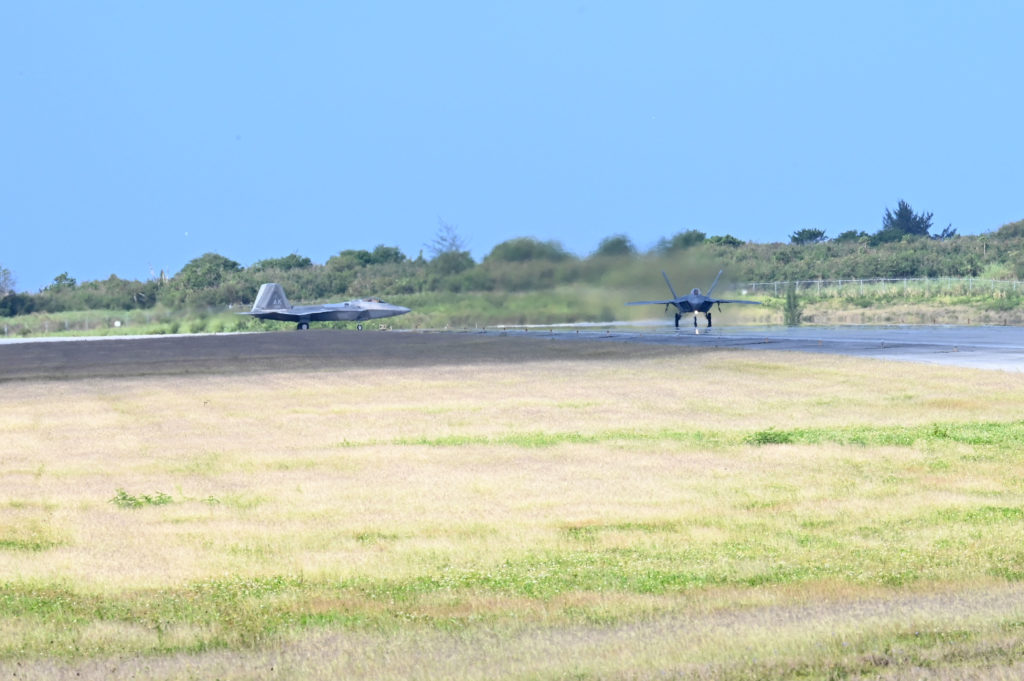
“Related to infrastructure, we have a number of major posture initiatives underway throughout the Pacific Islands,” said Assistant Secretary of Defense for Indo-Pacific security affairs Ely Ratner during a March 14 hearing of the Senate Foreign Relations Committee. “Obviously in U.S. territories such as Guam and [the Northern Mariana Islands], in the [Compacts of Free Association] states, in the Marshall Islands and Palau, we have some major projects underway.”
The Compacts of Free Association states—the Federated States of Micronesia, the Republic of the Marshall Islands (RMI), and the Republic of Palau—have unique, close ties with the U.S. Its citizens can live and work in the U.S., join the U.S. military, and the states “are eligible for some U.S. federal programs and services,” according to the Congressional Research Service. They also play a key role in U.S. national security.
“From a national security perspective, the Pacific Islands form an essential part of a strategically vital region,” Ratner said. “The U.S. military’s access and posture in the Pacific Islands are crucial for our logistics, sustainment, and power projection throughout the region.”
The Pentagon exercised that during Cope North 23 last year, conducting operations on Guam, Yap, Tinian, Saipan, and Palau, as well as other islands like Rota and Iwo To.
